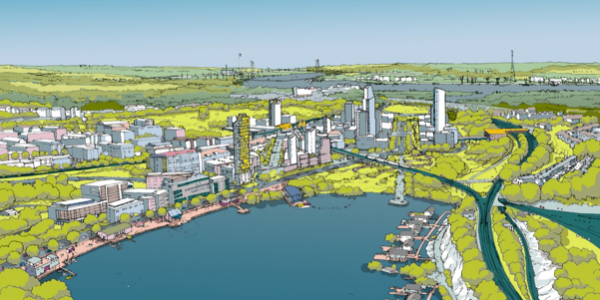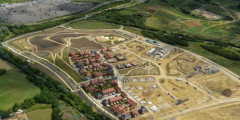Using System Dynamics for Sustainable Water Management in Ebbsfleet: Part 3
October 2, 2018
This blog continues from Part 2 and presents a preliminary causal loop diagram created by the research team using the metrics and variables identified by the stakeholders in the last three workshops. It should be stressed that this is an iterative process. This will be presented to the stakeholders, whom will reiterate it over the next …
Using System Dynamics for Sustainable Water Management in Ebbsfleet: Part 1
March 5, 2018
In this blog, the first in a series on the use of system dynamics for developing a sustainable urban water management strategy in Ebbsfleet, colleagues from across the Urban Flood Resilience consortium outline plans for using this novel participatory technique, and report on the outcomes of the first modelling workshop. Introduction and case study site …
Learning and Action Alliances (LAA) as solutions to wicked, complex problems
June 26, 2017
In one of the previous blog posts, Emily Lawson introduced the concept of Learning and Action Alliances (LAA’s) as a solution to the ‘wicked’ problem of urban water management. The premise here is that a ‘wicked’ problem cannot be tackled from within the confines of science alone or through the mechanisms of top-down governance. This …
Outputs from the Blue-Green Cities Research Project (Feb 2013-2016)
March 10, 2016
The Blue-Green Cities (EPSRC EP/K013661) research team have spent the last three years creating methodologies and frameworks, conducting field and lab work, testing novel techniques, and developing models to evaluate the multiple flood risk benefits of Blue-Green Cities. A Blue-Green City aims to recreate a naturally-oriented water cycle while contributing to the amenity of the …




